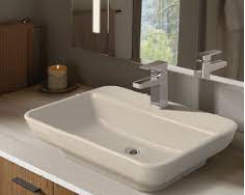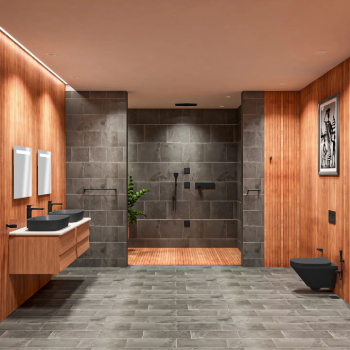Mastering the Flow: Exploring Types of Shower Valves
Shower fixtures are among the most essential parts of the bathroom that make for a refreshing start to a day. Showers promote stress relief and relaxation. However, to amplify your bathing experience and safeguard your interest against sudden temperature changes during water usage. The shower valve plays a significant role in your showering routine.
These valves are designed to control water flow and temperature in the shower. Whether designing a new bathroom from scratch or replacing valves on an existing shower, you'll want to ensure you get the right fittings.
Your shower valve differs between a shower that turns scalding hot and another that maintains its temperature when someone uses another water fixture. But with different shower valve types available, it can take time to determine the right one.
Different Shower Valve Types
Pressure Balancing Valves
Pressure balancing valves are the most common types of shower valves. Pressure balancing valves can be employed in shower faucet valves. They are also called anti-scald or mechanical valves.
When the water passes through a set of diaphragms and pistons, the valve detects changes in water pressure from the cold and hot water lines. It restricts one side to ensure a steady water temperature. Pressure balancing valves achieve this by mixing cold and hot water in the valve cartridge, preventing sudden changes in water temperature. It enhances safety by stabilizing hot and cold water ratios.
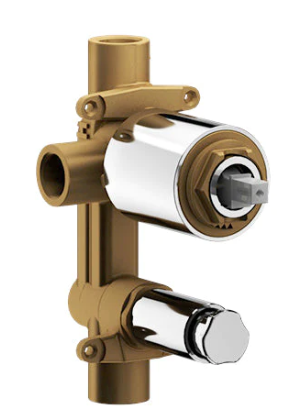
Thermostatic Valves
Thermostatic valves are designed to maintain water pressure and temperature. However, they do so by sensing the cold and hot water temperatures and adjusting them accordingly. Many valves include a dial to allow users to preset the temp. Scalding protection is provided over the water temperature by setting a temperature control on the thermostatic valve.
Thermostatic Valves are known to conserve energy efficiently by optimizing water heating processes. They offer consistent warmth, enhancing comfort in showers and baths.
A volume control option is frequently included with a thermostatic shower valve. Users can adjust how much water comes from each outlet thanks to this. Popular shower valves are thermostatic valves. However, their cost may exceed that of pressure-balancing valves. Thermostatic valves come in four different varieties.
The twin thermostatic valve is the typical model. This features a single handle to regulate the temperature. It features an additional handle to turn the water flow on and off. This controls one shower.
A double thermostatic valve with a diverter is the second kind. It can accommodate two shower heads. There are two handles on it. One is used to switch between heads and turn the flow on and off. The second handle manages the temperature of the water. Water can only flow from one head at a time and not from both at once.
A triple thermostatic valve is the third kind. There are three grips on this. A double shower permits water to flow simultaneously from both shower heads. A single handle controls the temperatures of both heads. The second and third handles control every shower head's water flow.
A triple thermostatic valve with a diverter is the fourth variety. This option controls three distinct shower outlets. There are three handles on it. An outlet's temperature can be adjusted using one handle. The second handle controls the water flow and body jets. The third handle is used to turn on and off the remaining outlets.
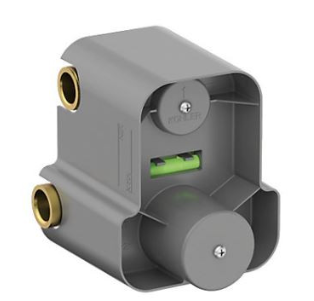
Shower Mixing Valve
The shower mixing valve is most often found in older homes and is the oldest of the shower valve types. People mostly replace shower faucet valve cartridges with leakage found in the shower and upgrade the entire system by installing a comprehensive shower faucet valve kit in the shower mixing valve for improved functionality and durability.
One of the drawbacks of a shower mixing valve is the inability to regulate sudden changes in water pressure. Sudden pressure fluctuations are difficult to deal with. One of the best tips to handle any incident is to lower the water heater thermostat to 120 degrees Fahrenheit.
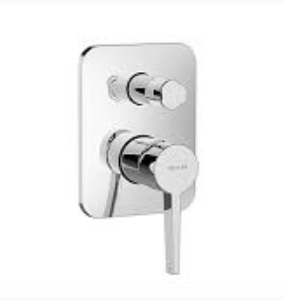
Diverter Valves
Diverter valves offer a unique proposition. They direct water from a tub to the shower components. Diverter valves are employed in various bathroom fixtures, such as rain showerheads and hand showers. There are three shower diverter valves: tee-diverter, 2-valve diverter, and 3-valve diverter.
Once the desired temperature is reached, a tee diverter blocks the flow of water from the bathtub faucet to the showerhead.
In the case of a 2 valve-diverter, one knob is used for redirecting water between the shower and tub or other sprays, while the other is used to alter the temperature of the hot and cold water. While the 3-valve director, the hot and cold water are controlled by two knobs each, and the water is diverted between the shower and tub or other sprays by a third control.
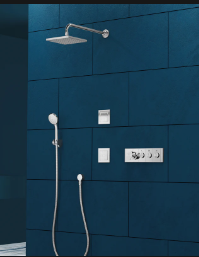
Closing Thoughts
Shower valves provide a safe and comfortable showering experience. They conserve water by maintaining a consistent flow during showers. Shower valves carry the capacity to enhance the overall shower experience with reliable and efficient operation. While looking for premium quality shower valves, Kohler Africa offers best-in-class ones to prevent sudden temperature changes and safeguard against scalding or freezing.
FAQs
What is the valve on a shower?
Shower valves control flow, water temperature, & output to the tub spout, showerhead, and other shower accessories inside the wall.
Can a shower valve be repaired?
A shower valve can be repaired in most cases if you replace the shower faucet valve cartridge. You can replace the valve clip, refit, and replace the trim plate, then the handle.
What is the valve that turns the shower on?
Most shower valves have a diverter option to flick the switch to turn the tap on or permit water into the shower head.
Can I replace a shower valve myself?
It would help if you were an expert to replace the shower valves. Shower valves are more complicated to change than showerheads. Hence, an expert knowledge of shower valves is necessary to replace them.



